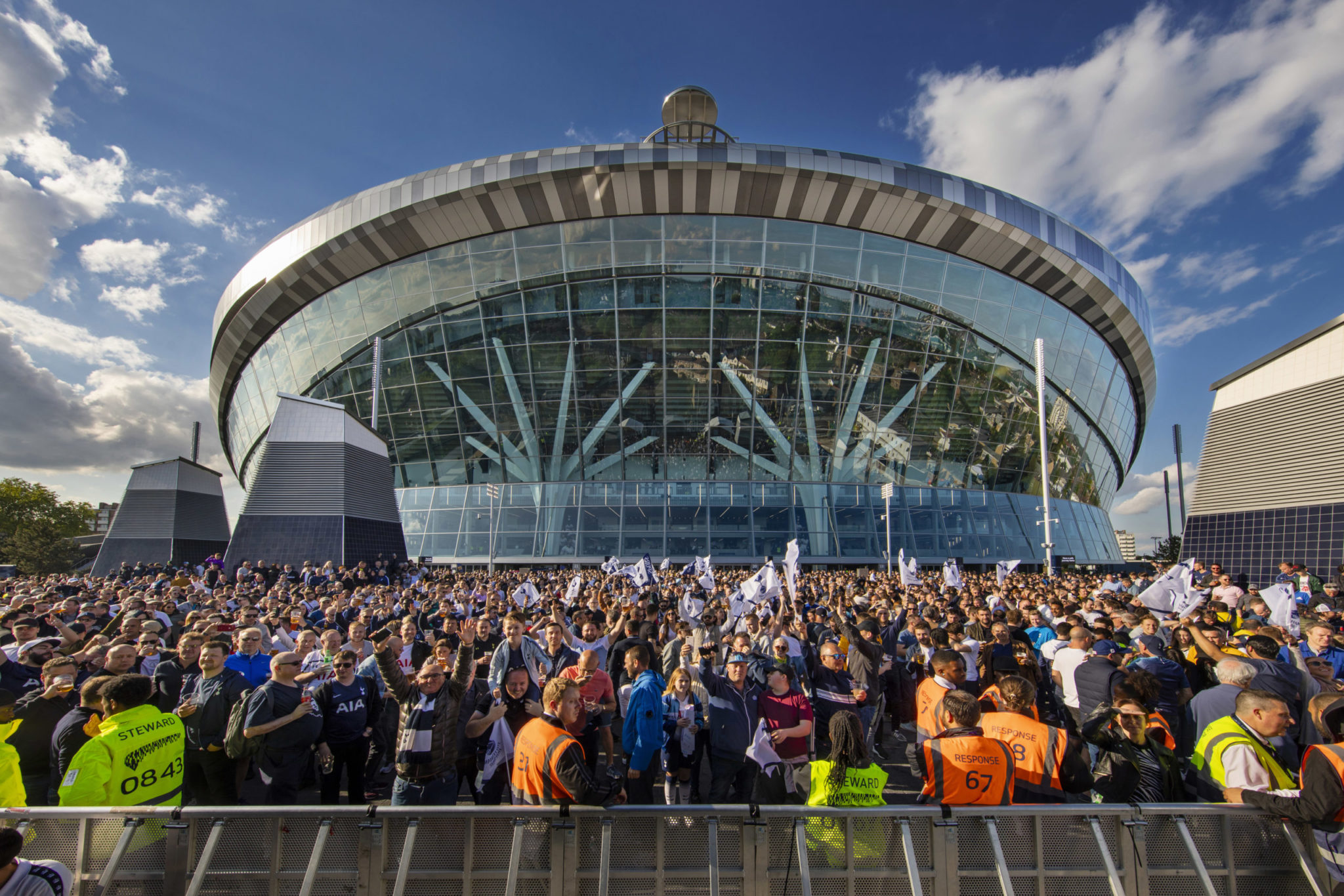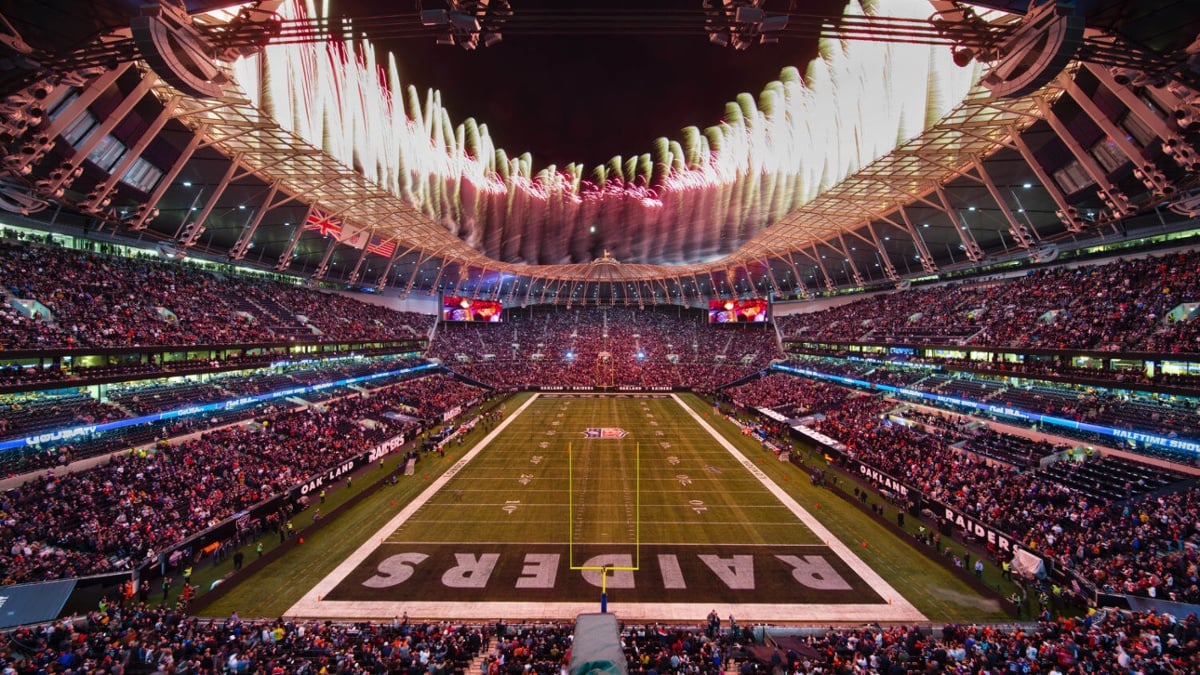Revamping the Stadium Experience To Lure Gen Z and Advertising Investment
If you watch grainy videos of Major League Baseball games from 100 years ago, you might note with amusement that the stands were filled with men wearing dark suits and fedora hats. While this may seem strange to us today, but the cultural view of a trip to the ballpark or football stadium was very different back then. So was that generation’s view of what a ballpark experience was supposed to be like.
Throughout the history of professional sports, teams and leagues have understood the need to cater their programming to suit the way the current generation preferred to engage. More recently, this need also applies to the stadium’s digital ecosystem, whose purpose is always to engage the audience in ways that appeal to their preferences.
Gen Z, also known as "Zoomers," is shaking up the sports world. Born between 1996 and 2010, they bring their unique perspectives and preferences, pushing sports franchises and stadium operators to radically adapt to their values and new behaviors. As the fans of today and tomorrow, the game and stadium experience must evolve in order to keep this generation engaged. The digital ecosystem of a venue presents a golden opportunity to make it all happen.
Gen Z: Myths and Realities
Zoomers don’t think about the experience of watching a game in the same way as previous generations. But some of the commonly held notions about Zoomers aren’t quite right either. For some reason, Zoomers have a reputation for having such short attention spans that they can scarcely sit still for an inning of a baseball game or a series of downs in a football game. Really? This is the generation that binges entire seasons of Netflix shows in a single sitting.
They also have a reputation for being stingy with their money, which doesn’t reflect in the slightest with their Amazon activity or with their love of high-end experiences.
Zoomers can sit and commit. Zoomers are also willing to spend. And they are certainly not lazy. But Zoomers want to choose their own experiences, not just sit and take in what, historically, prior generations have passively consumed. Where that plays out in their day-to-day lives is that 50 percent of them transact within social platforms, while 75 percent of them use social media to stream sports content.
For them, social engagement is their economy. As teams, leagues and stadium operators conceive the environments for their games and their venues, they need to think in those terms. Being digital natives, Gen Z has already experimented with web 3.0, augmented reality and other types of non-traditional immersive experiences. The question is how these technologies can be successfully incorporated into the stadium experience not only as a way to encourage fans to physically experience the game but also to monetize them through sponsorship.
To stay competitive in the advertising space, it's crucial for stadiums to be agile and responsive to the shifting preferences of their target audience. For example, advertisers shifted their spending from traditional broadcast methods to Out-of-Home networks, following the audience's migration when they left TV programming and online platforms somewhat behind. In the same vein, stadiums must recognize that advertisers seek to create a significant impact, and if Generation Z doesn't place a high value on big video boards and LED rings, they should explore alternative ways to engage them, such as incorporating AR, VR, Web3, and other emerging technologies. Embracing these new canvases can better connect with the preferences and interests of the Gen Z demographic.
Tough questions about digital signage
All of this means answering some critical questions about the use of digital signage within your stadium's ecosystem.- How can digital engagement complement Zoomers’ social tendencies? By making the experiences more participatory. For example, instead of playing a pre-selected song during the seventh-inning sing-along — a tradition with some Major League Baseball teams — let fans scan a QR code on the scoreboard and vote for their favorite from a variety of songs. Or teams could create a game-within-a-game, letting fans choose what plays a team should run on each offensive play (such as run, okay-action, and so on). This makes the fan a coach and a competitor, rather than merely a spectator.
Operators can also launch targeted social media campaigns from popular brands on various platforms to hype them up before the big event. Encouraging fans to use unique hashtags can showcase their tweets and "Instagram moments" on the scoreboard or a brand’s feed, keeping fans engaged before, during, and after the game.
- How can the digital ecosystem forge deeper connections for Zoomers as fans? Leverage virtual sponsorship to let brands show logos and ads on virtual billboards during live broadcasts and streamed games. Coupling that with a digital ticketing system and loyalty programs that offer rewards to fans, makes them want to come back and feel even more connected to the stadium. These digital improvements make the fan experience richer, allowing brands to connect with their audience in exciting ways.
- Gen Z is more loyal to individual athletes than to teams — especially those who share their values. They also like to buy things, but they don’t necessarily want to get up and browse in the ballpark’s pro shop. Remember, the “Buy Now” button was launched by and for Gen Z. Teams who want to earn revenue by selling merchandise need to make it as easy as possible for fans to buy from their devices. Maybe when the small forward hits the winning shot at the buzzer, his jersey with a QR code that links to a “buy” page should show up on the scoreboard.
When you understand how Gen Z socializes and learns, you can recognize all the ways modern technology can meet them where they are. And remember: They are radically inclusive, tolerant and accepting. They also crave authenticity and can sniff out something phony a mile away.
A powerful buying demographic rises
Both the digital content and the performance of the technology need to reflect an understanding of how Gen Z thinks and what these Zoomers want. That means understanding how to speak their language without being gratuitous about it. (Don’t be Detective Bookman from Seinfeld, talking about young people “making the scene.” Know what you’re talking about!)
Generation Z is quickly becoming the most powerful and diverse buying demographic in the history of the United States. It is the first generation that has always been digital, and Zoomers have their own ideas about what they want and how they want to do things.
Just about every major sports venue has some form of digital ecosystem today. But if you haven’t thought through how to make it speak to Gen Z, it’s time to rethink. Technology can do it. But teams, leagues and stadium operators must have a Gen Z-specific vision for how that works. Those suit-wearing, fedora-touting fans of the 1920s won’t be showing up for today’s game. It’s critical to cater to those who will and to ensure that the stadium is a compelling place to market for brands eager to get in front of them.
Share this
You May Also Like
These Related Stories

Score Big: Unleashing the Branding Power of Digital Signage in Sports Arenas

Turn Every Fan Moment into Revenue: The Power of Real-Time Digital Activations

